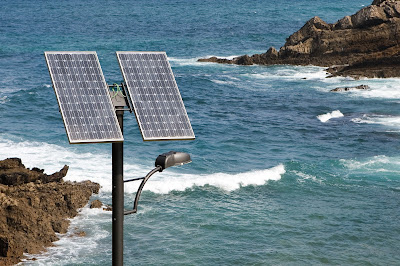Making cities smarter
With the rise of Big Data in construction and design gathering pace, we have the opportunity to use measurable data to shape buildings and cities around their occupants like never before. Ever on the lookout for the next big technology in the field, the team at Innovate UK recently picked data-analytics company NquiringMinds as IoTUK Boost winners , and they're here to tell us what all the fuss is about. The Internet of Things has been regarded as the next step in our evolution for a while, but until recently we’ve only just started to realise its full potential. With the ability for everything to be connected and working in a smarter, more efficient way, it’s little wonder that innovators have been looking for different pathways to creating a platform to reap the benefits of it all. Step forward, nquiringminds , who won a Small BusinessResearch Initiative contract to develop an open data platform to help cities deliver key services in a smarter fashion. To put the


